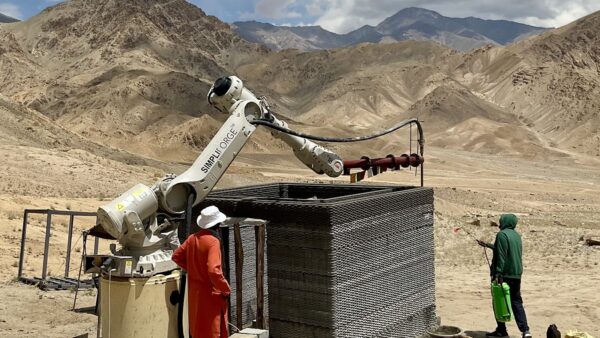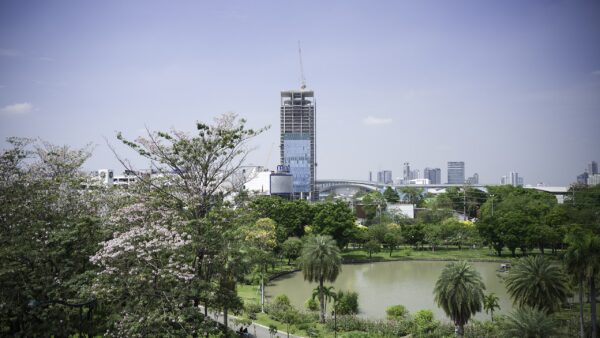The Indonesian government is to spend $40bn on constructing a 34km long sea wall and 17 artificial islands around Jakarta, to stop the region subsiding into the sea.Â
The capital of Indonesia, and the 17th most populated city in the world, has a history of problems with flooding and heavy rain. In 2007, 500,000 people had to evacuate their homes and move to higher ground, and the same thing almost happened last year, when the city’s sea defences were almost overcome again. Â
It is estimated that without action as many as 4 million people will lose their homes, as sea levels are raising at a rate that would place much of northern Jakarta underwater by 2030.Â
The National Capital Integrated Coastal Development (NCICD) project, aims to counter the effects of soil subsidence and rising sea levels. It is being put in place by a Dutch consortium, led by consulting engineers Witteveen + Bos and Grontmij. Â
The project will start by reinforcing the existing sea wall and putting in place a series of water treatment projects. The next phase will involve constructing a sea wall in the west, combined with a new urban quarter for 300,000 residents and 600,000 workers. The wall will be shaped like a Garuda, a mythical bird that appears in Hindu and Buddhist mythology.Â
The last phase of construction will be to build an eastern seawall combined with a port expansion project and a new airport.Â
Victor Coenen, project manager for Witteveen + Bos, said: “The government is struggling to keep up with the pace of growth. Also, planning and construction of infrastructure is complicated in the densely populated metropolitan areas, relocation of residents is controversial, complex, and costly.”Â
Many other countries will face similar problems to Indonesia, such as China, Egypt and India.Â
Coenen, said: “In the coming decades, no major abandonment is to be expected for those countries which can afford costly flood protection works. Â
“For low income countries, however, this is a realistic outlook for the longer term – several decades from now. I imagine that solutions will be developed, postponing the need for abandonment, but eventually some areas will become giant bathtubs, difficult and costly to protect.”Â
Development on the NCICD project is expected to take around 30 to 40 years to complete.










